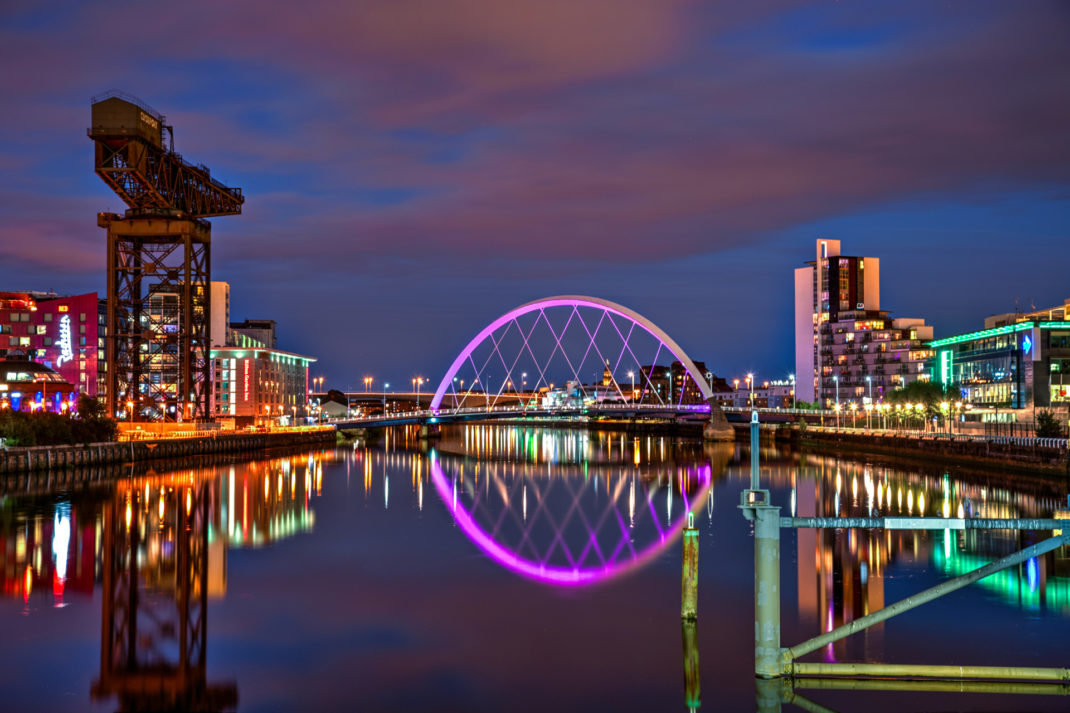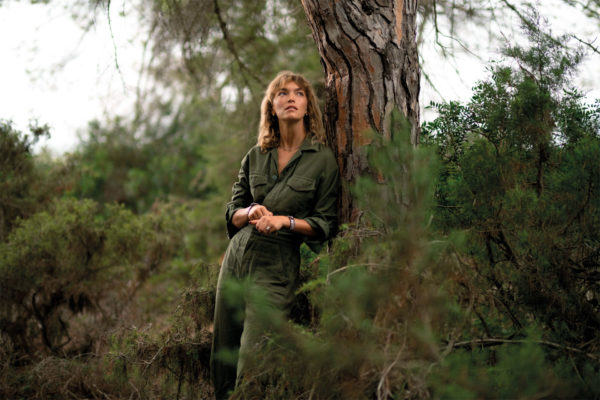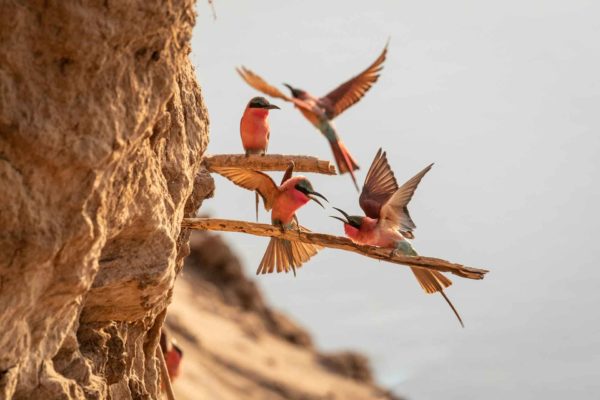How Can Businesses Become Regenerative?
By
9 months ago
A regenerative leadership coach on how nature can inspire business
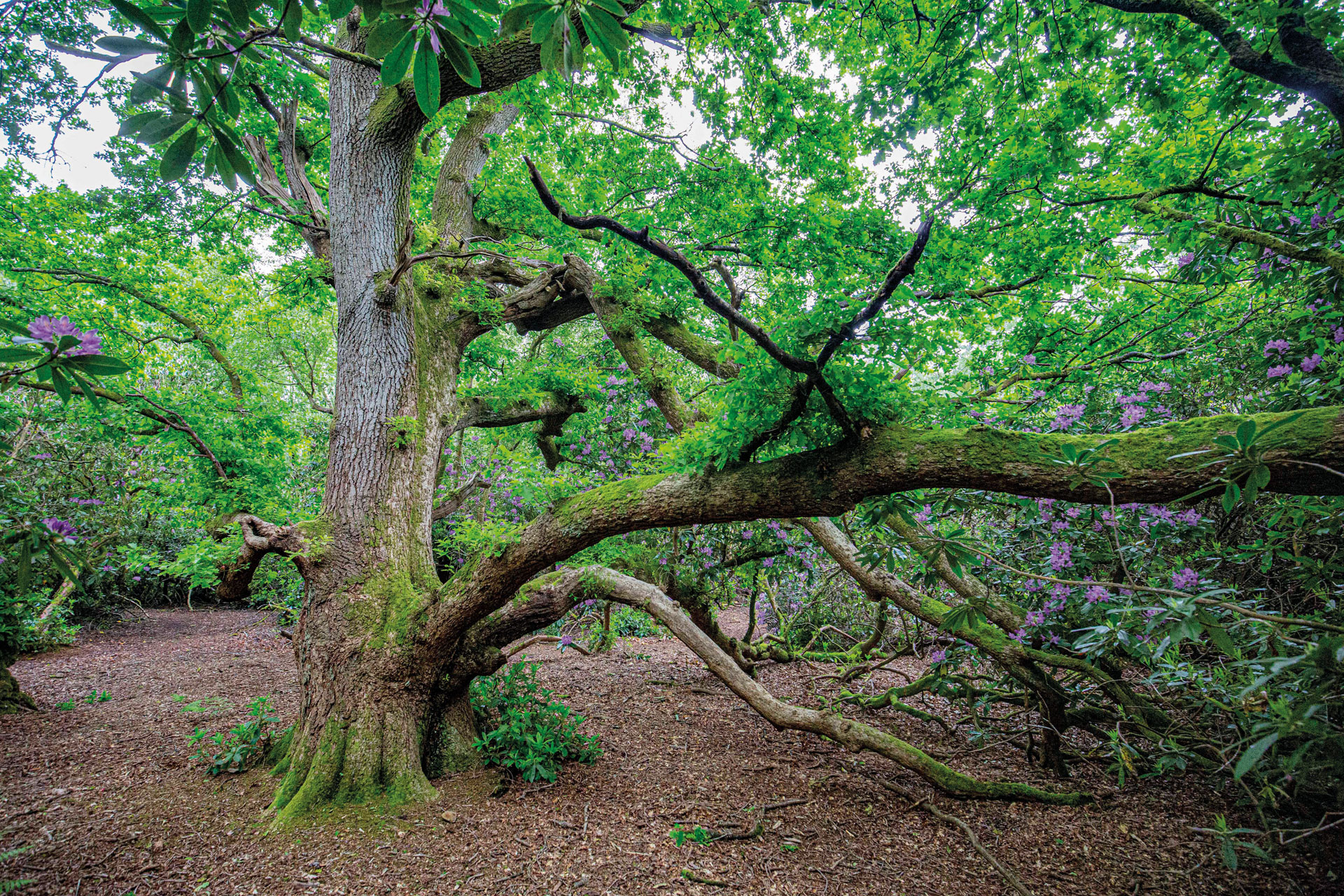
Giles Hutchins tells Lucy Cleland why we need to look to the trees if we truly want to transform our businesses
How Can Businesses Become Regenerative?
There are myriad ways to show just how important our relationship with trees is. Just witness the outpouring of grief when the Sycamore Gap tree was ruthlessly felled in September. Before that, the Druids believed they descended from trees – men coming from the Alder; women from the Rowan. The native American Calchaquís worshipped the spirits of local trees and Hindus believe every tree has a deity, who is to be respected and given offerings.
In fact, wherever humans have settled, trees have been considered sacred. But it’s not just spirituality and religion that connect us. There is empirical evidence that we are far more closely related to them than we may think, despite having become distanced from them in our nature-depleted lives.
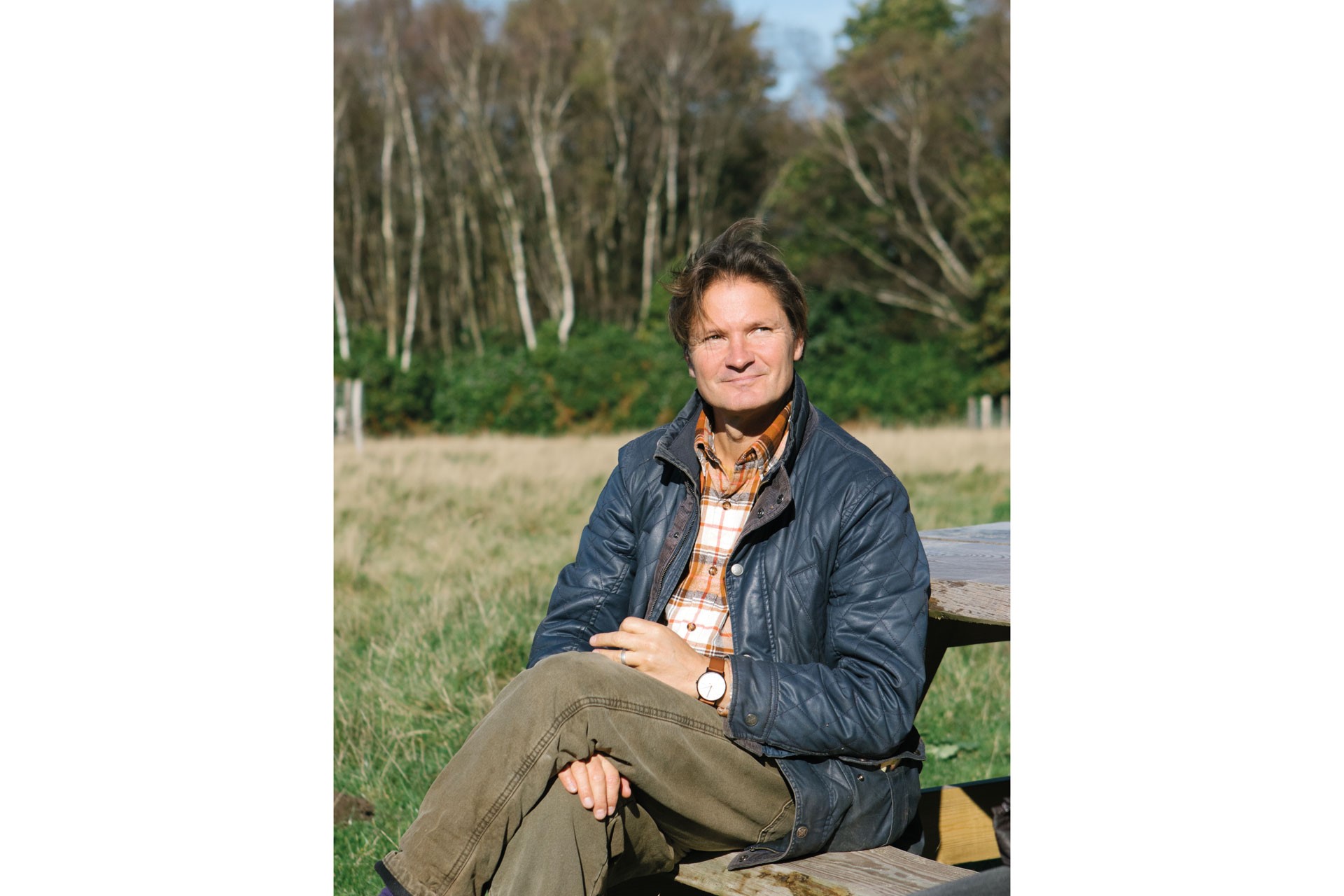
Firstly, the soil beneath our feet is full of mycelia (fungi/mushroom threads), which are sentient, constantly exchanging information as well as nutrients. Astonishingly, and humbling, one handful has more living beings in it than there are human beings on the entire planet. Just stop and consider that for a moment. Secondly, the air around us is full of billions of bacteria, some of which can live to over a million years. Bacteria have extremely sophisticated ways of communicating, leaving human language in the dust for its communicative primitivity.
Thirdly, walking in the woods is a science in itself: just ask the Japanese, whose shinrin-yoku (forest bathing) is a science based on aromatic compounds in the woods that have healing benefits. And, finally, every living being gives and receives electromagnetic signals. We have barely scratched the surface of knowing how this may affect us in beneficial ways as we walk among the trees.
You may well ask, ‘what has this to do with business?’ It’s a question a group of us are pondering at Springwood, a 60-acre woodland in the Sussex countryside, tended over by Giles Hutchins, a regenerative leadership coach, who works with leaders to begin to help reset their relationship with their businesses by learning from nature; moving away from a mechanistic, hierarchical mindset to a regenerative, collaborative one. And trees, it turns out, are a great master.
Giles conducts all his workshops in the woods, winter or summer, sun or rain – inviting his guests, through various activities, whether it’s looking at lichen on bark through a magnifying glass to really see the life going on all around us, or through being silent as we tread beneath rhododendron canopies, to tune into the energy of the woods and to our own presence. And, most of all, to feel our way to new and imaginative ways of thinking rather than just relying on our addled and overwrought left brain hemispheres (verbal, analytical, and orderly rather than the creative, visual and intuitive right side) to get there.
Too long, he believes, have we disassociated ourselves from nature and her gifts, leading us, among other outcomes, to the climate crisis from which only radical systemic change can help pull us back from the brink. A little too touchy-feely for some, maybe, but more and more leaders – just ask those from Chloé, Deloitte, McKinsey, HSBC, Unilever, McCain, BP, Aviva and more who have walked with Giles among the trees – are seeking ways to change the status quo of ‘business as usual’, which we all – whether consciously or not – recognise is broken.
Regenerative leadership in business is understanding that problem solving done in the same way as the problem-creation is probably not going to save the planet or make us feel nourished as humans. What is required is a whole systemic shift in thinking about our businesses – retaining the useful elements of organisation and frameworks, of course, but freeing ourselves.
Which is why we’re here, being shown the most beautiful, intricate, wondrous and clever system of them all: Mother Nature. If we could only look to her, learn from her, remember that we are part of her, imagine what a synergistic, collaborative, interlinked and respectful home we could create.

Barbour x Chloe
6 Ways to Think Regeneratively
Think in systems, networks and relationships
Since the Industrial Revolution, we’ve been conditioned to think mechanistically, viewing our businesses as something to manage and control in a top-down fashion with push-pull, carrot-stick levers, exploiting assets (including ‘human resources’) for short-term returns.
This system – of business as machine – tends to undermine the future-fitness of the organisation in increasingly volatile and fast-moving climes. When power and control reside at the top, decision-making becomes far removed from the customer, and employees too can feel disempowered, robotic and inauthentic.
In fact, Harvard Business School research tells us most leaders and employees are doing a second job no one is paying them for – that of managing other people’s impressions of themselves, covering up their weaknesses, playing politics, hiding uncertainties. This is not a recipe for success, undermining our individual and collective brilliance.
Therefore, it pays to begin to think of the organisation less as a machine and more as an ecosystem full of human connectivity – between employees, customers, suppliers, partners, advisors, investors, social media advocates, families and friends, local communities, ecologies, etc – with a reciprocity that thrives on trust.
As a business leader, reflecting on and tuning into the inter-relational nature of these systems helps to sense where there’s flow, impasse or latency waiting to be realised, or opportunities for transformation. Rather than chief executive officer think chief ecosystem officer – constantly scanning the relational systems to sense where there’s emerging potential.
Recognise that the inner and outer aspects of the business are inextricably linked
The ‘inner-nature’ of the living organisation is its culture – not some HR charter or values poster on the wall, but the day-to-day ways in which people show up, share, exchange tacit knowledge, gossip on social media, co-create and connect in and out of the office. The ‘outer-nature’ is its brand, external communications, PR, stakeholder relationships, and impact on various groups outside the business.
Both natures are connected so it will show up clearly in either aspect whether or not a business truly values authenticity, encourages courageous conversations, gives constructive feedback and offers developmental learning, or keeps within the machine mindset. Successful businesses will be those that synergise the inner and outer aspects so that all elements feel deeply connected.
Think circular not linear
A vital part of future-fit business is the widening of the business lens from merely transactional i.e. from a focus on selling stuff to customers in a linear one-way process, to participatory and circular, where customers re-engage with suppliers for recycling and upcycling services.
Take one of my clients, the award-winning Vivobarefoot, which recycles worn shoes, thus keeping them out of landfill, and engages with customers – through offering 3D foot-scanning for customised shoes, and hosting online courses, tools and coaching, such as learning to run and breathwork.
More often, the value we attribute to such exchanges is not limited to the price tag on the good or service. The organisations with the best ability to work with these relationships and exchanges across the board will be the most adept at navigating the emerging business landscape.
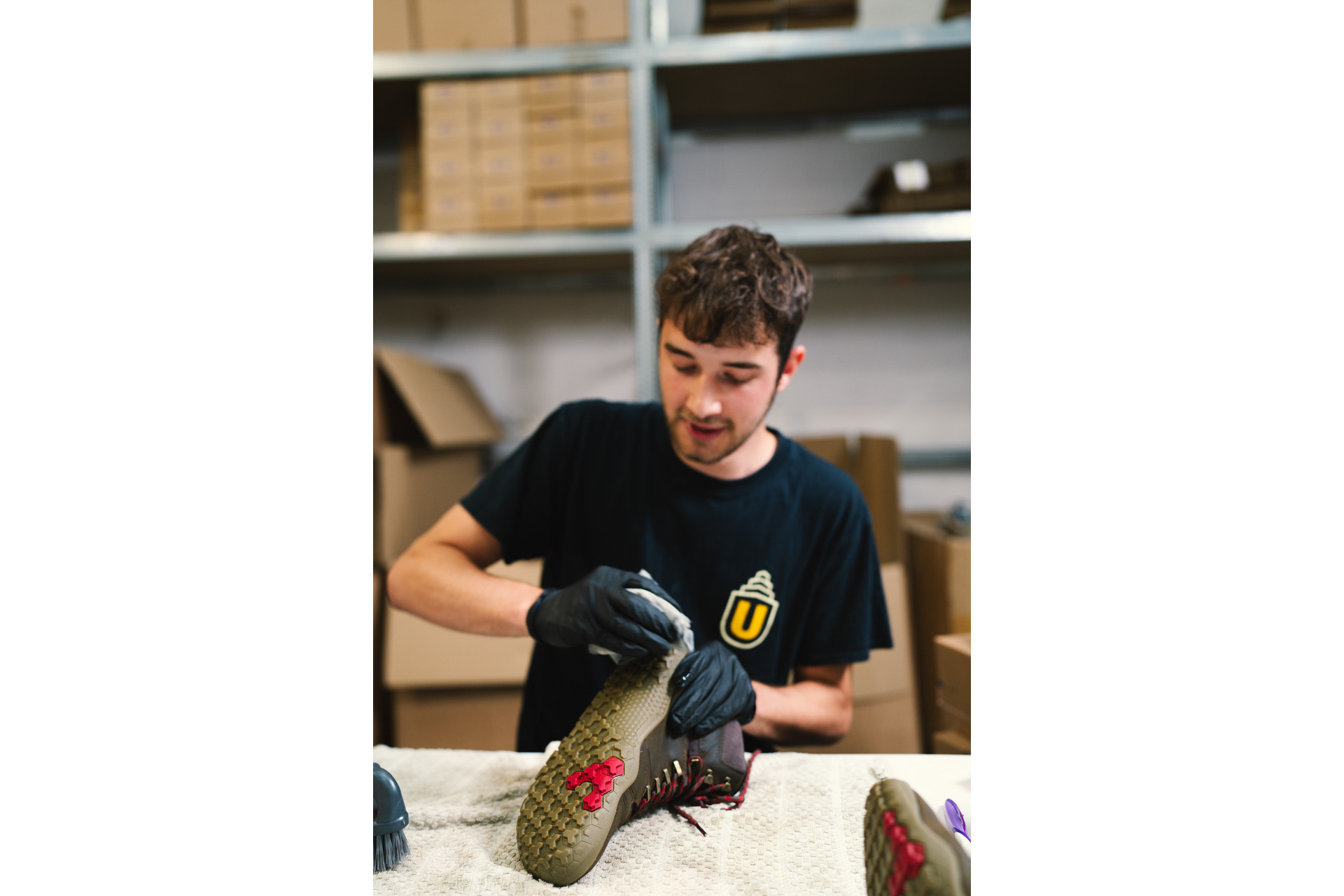
Vivobarefoot
Think inter-generational and ‘glocal’
Amid the short-termism of many business decisions, many of us think individually about the kind of future we’re leaving for the next generation.
While regenerative acts – such as composting, not wasting food or helping our neighbours – can happen at home, they should happen in our businesses too. Asking whether a business venture is actually enhancing life as opposed to just reducing its negative impacts does not distract us from our business endeavours, but deepens the creativity we unleash for doing things that provide proper value for the world.
For example, Vivobarefoot is transforming its operations, supply chain and organisational culture toward the principles of regeneration. Therefore, as well as making its products far more sustainable, it has evolved into being a natural lifestyle brand, where opportunities such as rewilding experiences are offered. And by acting ‘glocally’ (with local and global awareness), it supports a variety of initiatives involved in regenerating local ecosystems, which sparks all sorts of synergies and reconnects company success with social and ecological progress. Globally, it is involved in networks and conferences that work on society wide solutions, such as the B Corp movement and United Nations COP conferences.
This ‘glocal’ perspective challenges a narrowed view of wealth-creation limited to maximising short-term financial returns for shareholders, to thinking of wealth more holistically, in terms of regenerating community, nature, society and our home, Earth, upon which we all ultimately depend.
Think life-centric
As we get used to seeing the organisation-as-living-system, we start to value the importance of learning from life itself, in recognising that nature thrives through ever-changing inter-related systems within systems, just like our living-organisations.
We participate in this life-centric reality whether we’re conscious of it or not. Each unique individual employee’s essence finds its tune within the team-essence, within the wider organisational essence that finds its tune within wider systemic interplays (business ecosystem, society, Earth). When we open up to life in this way, we realise that humans are immersed in a web of relationships, and to harm any of them is to damage our own selves and undermine our home. This life-centric sense of interconnectedness can inform how we lead and operate in business and beyond.
Think tensions, and the power they unleash
Learning to be comfortable with the uncomfortable is an important leadership skill. Tensions between individuals are inevitable, but handled correctly by working through them rather than suppressing them, can create crucibles for creativity. We can also learn from seeing how nature’s creative advance is impelled by tensions. There’s the primary tension of yin-yang, for instance. Yin represents stillness, inner-being, receptivity, and compassion; yang represents movement, outer-doing, responsiveness, and assertion. We need both in business. Sometimes we might need a little more yang, sometimes more yin.
There’s also the divergence-convergence tension. Divergence is opening-up, creativity, exploration, etc; convergence is bringing-together, cohering around a sense of purpose, having clear roles, and suchlike. Too much divergence and chaos ensues; too much convergence leads to rigidity. Getting that tension just right is essential to allow for emergence. All living systems express themselves through the self-generating, self-organising property of emergence. Businesses are no different. Living-systems thrive on this edge of chaos (divergence) and order (convergence), and it’s that edge that enables adaptability and vitality across the living-organisation.
Giles Hutchins is a pioneering practitioner, keynote speaker, and executive coach known for his work in leadership development. His latest book is Leading by Nature: The Process of Becoming a Regenerative Leader (Wordzworth, £23.99).


